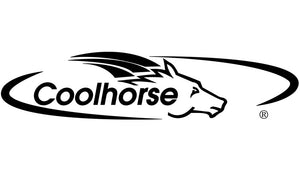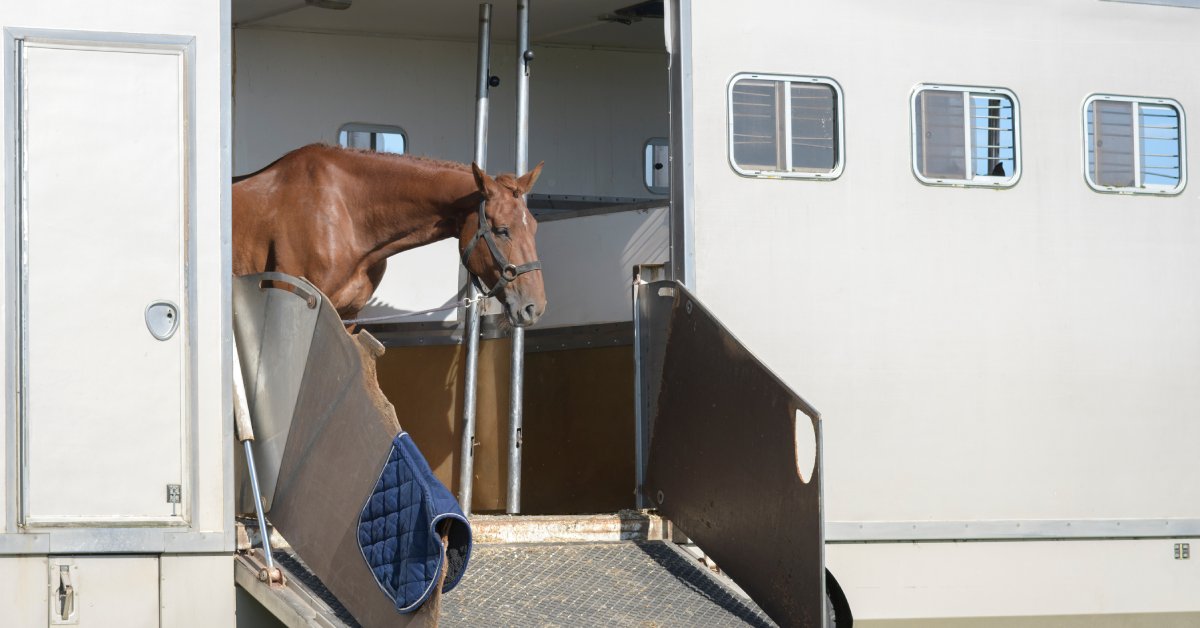If you own horses or operate a ranch, chances are you’ve had to think about hauling a trailer. Horse trailers are essential tools for transporting your equine friends safely, but ensuring you have the right setup is just as important.
Understanding horse trailer weight and tow capacity limits isn’t just about legality—it’s about safety for you, your passengers, and your horses. Let’s break down everything you must know to enjoy smooth, secure travels.
The Basics of Trailer Weight: GVWR, GAWR, and Curb Weight
To understand horse trailer weight limits, familiarize yourself with a few key terms. The gross vehicle weight rating (GVWR) is the maximum weight the trailer can safely carry, including the weight of the trailer itself, the horses, gear, feed, and any water or tack. The gross axle weight rating (GAWR) refers to the maximum weight that each axle can safely support.
Don’t forget about curb weight, which is the empty weight of your tow vehicle. Combined with the weight of the loaded trailer, it plays a crucial role in determining if your setup is within safe limits. Ignoring these figures could lead to trailer damage or accidents, so always double-check your manufacturer’s specifications.
Calculating Your Trailer’s Loaded Weight

Knowing how much your loaded trailer weighs is vital. To calculate this, start with the weight of the empty trailer. Then, add the average weight of each horse, usually between 900 and 1,200 pounds for most breeds.
Don’t forget to account for hay, water, and equipment. These extras can quickly add hundreds of pounds to your total. Additionally, remember to add any modifications or additions you’ve made to the trailer that may impact its weight.
If you don’t know your trailer’s exact weight, take it to a certified weigh station. Many truck stops and public facilities offer weighing services for a small fee. This step will help you accurately determine your trailer’s loaded weight, which is key to staying within tow capacity limits.
Understanding Your Truck’s Tow Capacity
Your truck’s towing capacity is just as important as the weight of your trailer. Check your truck’s owner’s manual or manufacturer’s website for its maximum tow rating. This number includes the combined weight of the trailer, cargo, and passengers.
One common mistake is assuming that a truck with a high tow rating can haul any trailer. However, factors such as the truck’s wheelbase, suspension, and braking capabilities play a role. Even with a powerful engine, improper weight distribution or exceeding the tow rating can strain your truck, leading to dangerous situations like brake failure or loss of control.
Matching Your Trailer Weight to Your Truck’s Tow Capacity
Once you know your trailer’s loaded weight and your truck’s tow capacity, it’s time to make sure they match. Ideally, your loaded trailer’s weight shouldn’t exceed 80 percent of your truck’s towing capacity. This figure ensures a safe and stable ride with some wiggle room for unexpected weight or road conditions.
If your current setup exceeds this limit, consider upgrading to a stronger truck or downsizing to a smaller trailer. While it may seem like an inconvenience or added expense, it will provide peace of mind that you’re operating within safe limits.
Weight Distribution and Hitch Selection
Proper weight distribution is essential for safe towing. A poorly balanced trailer can cause swaying, which makes steering difficult and increases the risk of accidents. Aim to distribute 60 percent of the weight over the front axle and 40 percent over the rear axle of the trailer. This balance keeps the trailer steady on the road.
Choosing the right hitch is equally important. For heavier trailers, consider a weight-distributing hitch, which helps spread the load evenly across your truck and trailer axles. Ensure your hitch’s weight rating matches or exceeds your trailer’s GVWR. Investing in the right equipment up front can save you headaches and repair costs down the road.
State Regulations and Legal Requirements
Each state has regulations about trailer weight and towing limits, so it’s essential to familiarize yourself with local laws. Many states require trailers exceeding a certain weight to have their own braking system. Some also mandate annual inspections for trailers.
Driving with an overloaded trailer isn’t just unsafe; it’s also illegal. If caught, you could face hefty fines or citations. Worse yet, an overloaded trailer can void your insurance coverage in the event of an accident. Stay within the legal limits to protect yourself, your horses, and your wallet.
Safety Tips for Towing

Towing a horse trailer requires a different mindset than everyday driving. Here are our top safety tips that every horse owner should follow:
- Allow for longer stop distances. A loaded trailer significantly increases your braking time.
- Take wider turns. Horse trailers, especially larger models, require extra space to maneuver safely.
- Check your tires for proper inflation, and look for signs of wear or damage.
- Inspect your hitch and safety chains for secure connections.
- Ensure your trailer’s lights and brakes function correctly.
Why You Should Practice Driving a Horse Trailer
If you’re new to towing a horse trailer, taking a practice drive with it is essential for a safe and successful journey. Here are a few reasons why every horse owner should practice driving a horse trailer.
Mastering Maneuverability
Driving with a horse trailer requires a different skill set than regular driving. By practicing in a controlled environment, you can become comfortable with turning, backing up, and maneuvering the trailer, ensuring smooth navigation on busy roads.
Ensuring Proper Weight Distribution
During practice, you can fine-tune the weight distribution within the trailer to ensure a balanced load. This fine-tuning is crucial for maintaining stability and preventing swaying or fishtailing during transit, providing a safe and comfortable ride for your horses.
Gaining Confidence
Practice driving with a horse trailer builds confidence in handling the vehicle and trailer as a unit. This confidence translates into better decision-making on the road, reducing stress and promoting a more enjoyable towing experience.
Identifying Potential Issues
During practice, you can identify any issues with the trailer, such as faulty lights or brakes, before embarking on a journey. This process allows you to address concerns promptly, maintaining the safety of your horses and other road users.
Coolhorse: Review Our Range of Horse Trailers
Anyone hauling horses must understand horse trailer weight and tow capacity limits. Calculate your trailer’s weight, determine your truck’s towing capacity, and ensure proper weight distribution for a safe and smooth ride.
As you plan your next trip, remember that trailers with living quarters, often called LQ horse trailers, require special attention due to their heavier weight. Always double-check your setup to stay within safe and legal limits.
Visit Coolhorse today to find the perfect trailer for your stable. Our horse trailers have the required space and amenities to make your journey as smooth as possible. Safe travels, and happy hauling!

